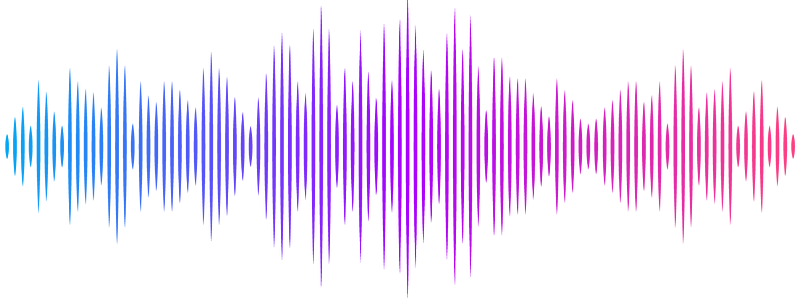Role of ACSBG1 in brain lipid metabolism and X-linked adrenoleukodystrophy pathogenesis: Insights from a knockout mouse model

Role of ACSBG1 in brain lipid metabolism and X-linked adrenoleukodystrophy pathogenesis: Insights from a knockout mouse model
Ye, X.; Li, Y.; Gonzales-Lamuno, D.; Pei, Z.; Moser, A. B.; Smith, K. D.; Watkins, P. A.
AbstractThe \"bubblegum\" acyl-CoA synthetase (ACSBG1) is a pivotal player in lipid metabolism during the development of the mouse brain, facilitating the activation of long-chain fatty acids (LCFAs) and their integration into essential lipid species crucial for brain function. Through its enzymatic activity, ACSBG1 converts LCFAs into acyl-CoA derivatives, supporting vital processes like membrane formation, myelination, and energy production. Its regulatory role significantly influences neuronal growth, synaptic plasticity, and overall brain development, highlighting its importance in maintaining lipid homeostasis and proper brain function. Originally discovered in the fruit fly brain, ACSBG1 attracted attention for its potential implication in X-linked adrenoleukodystrophy (XALD) pathogenesis. Studies using Drosophila melanogaster lacking the ACSBG1 homolog, bubblegum, revealed adult neurodegeneration with elevated levels of very long-chain fatty acids (VLCFA). To explore ACSBG1\'s role in fatty acid (FA) metabolism and its relevance to XALD, we created an ACSBG1 knockout (Acsbg1-/-) mouse model and examined its impact on lipid metabolism during mouse brain development. Phenotypically, Acsbg1-/- mice resembled wild type (w.t.) mice. Despite its primary expression in tissues affected by XALD, brain, adrenal gland and testis, ACSBG1 depletion did not significantly reduce total ACS enzyme activity in these tissues when using LCFA or VLCFA as substrates. However, analysis unveiled intriguing developmental and compositional changes in FA levels associated with ACSBG1 deficiency. In the adult mouse brain, ACSBG1 expression peaked in the cerebellum, with lower levels observed in other brain regions. Developmentally, ACSBG1 expression in the cerebellum was initially low during the first week of life but increased dramatically thereafter. Cerebellar FA levels were assessed in both w.t. and Acsbg1-/- mouse brains throughout development, revealing notable differences. While saturated VLCFA levels were typically high in XALD tissues and in fruit flies lacking ACSBG1, cerebella from Acsbg1-/- mice displayed lower saturated VLCFA levels, especially after about 8 days of age. Additionally, monounsaturated {omega}9 FA levels exhibited a similar trend as saturated VLCFA, while {omega}3 polyunsaturated FA levels were elevated in Acsbg1-/- mice. Further analysis of specific FA levels provided additional insights into potential roles for ACSBG1. Notably, the decreased VLCFA levels in Acsbg1-/- mice primarily stemmed from changes in C24:0 and C26:0, while reduced {omega}9 FA levels were mainly observed in C18:1 and C24:1. ACSBG1 depletion had minimal effects on saturated long-chain FA or {omega}6 polyunsaturated FA levels but led to significant increases in specific {omega}3 FA, such as C20:5 and C22:5. Moreover, the impact of ACSBG1 deficiency on the developmental expression of several cerebellar FA metabolism enzymes, including those required for synthesis of {omega}3 polyunsaturated FA, was assessed; these FA can potentially be converted into bioactive signaling molecules like eicosanoids and docosanoids. In conclusion, despite compelling circumstantial evidence, it is unlikely that ACSBG1 directly contributes to the pathology of XALD. Instead, the effects of ACSBG1 knockout on processes regulated by eicosanoids and/or docosanoids should be further investigated.


